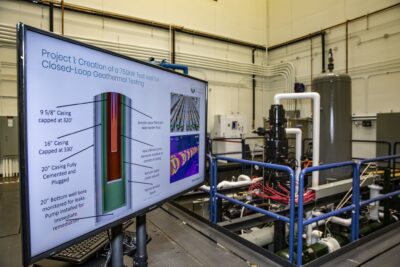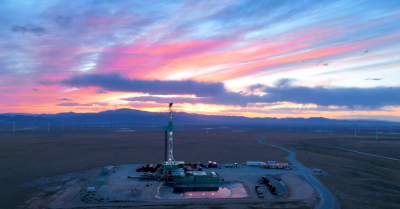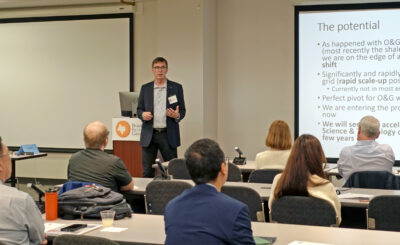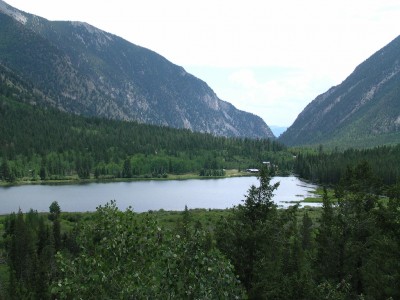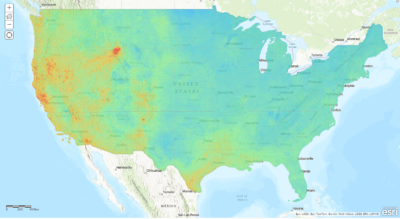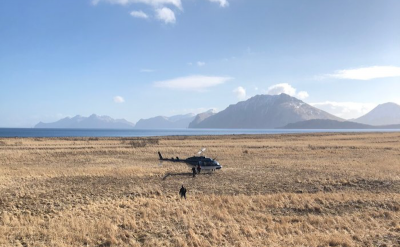NREL study proposes synergy opportunities for mining and geothermal
With 3 million abandoned mining wells across the U.S., there is plenty of data from the mining industry that can be used for geothermal development, so this NREL research study.
A research study by National Renewable Energy Laboratory (NREL) Senior Legal and Regulatory Analyst Aaron Levine provides an overview of the foreseeable synergies between the geothermal and mining industries. The full paper of the research titled “Mining G.O.L.D (Geothermal Opportunities Leveraged Through Data): Exploring Synergies Between the Geothermal and Mining Industries” can be accessed via this link.
One crucial opportunity explored by the research is the possibility of identifying hydrothermal geothermal resources through existing mining data and infrastructure. The study finds that many of the data collected by the mining industry as part of mineral exploration could also be useful for identifying and developing geothermal resources. This could minimize the costs of geothermal development, shorten the development cycle, and increase the rate of geothermal resource discovery.
On the flipside, geothermal projects may be more welcome at active mining sites as they can provide stable baseload power for mining operations that need to run 24 hours a day and with no seasonal cycles.
To demonstrate the concept, the study cited case studies where “hidden” geothermal resources were discovered using initial data that the mining industry collected – McGiness Hills, Blue Mountain, and Don A. Campbell power plants, all located in Nevada. These “blind” resources are characterized by the lack of active surface thermal manifestations such as hot springs or fumaroles.
There are more than 3 million abandoned mining wells across the United States. More than being reminders of failed mineral exploration efforts, these wells represent data that can still be valuable.










